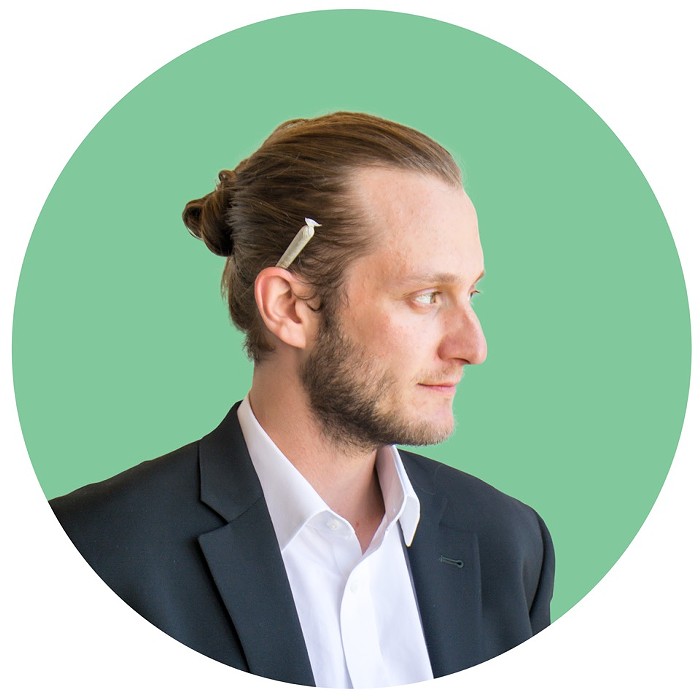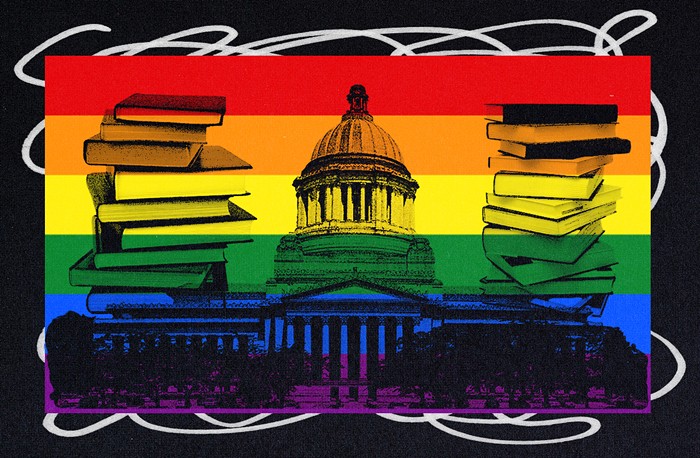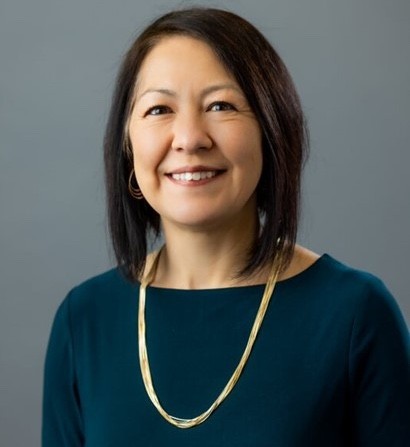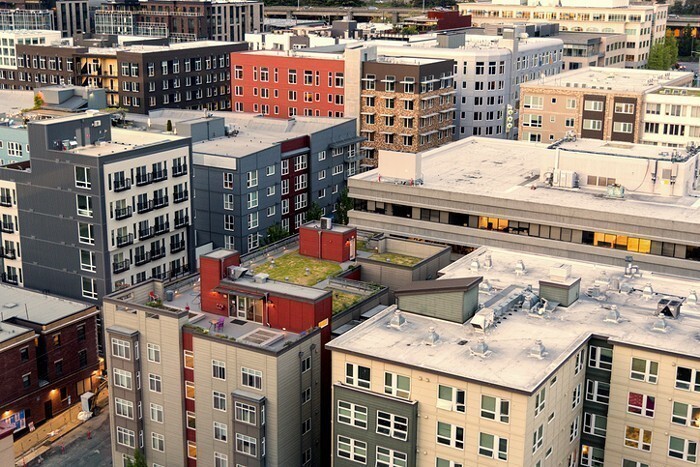Former Seattle mayor Greg Nickels liked to invoke Ronald Reagan when describing the Alaskan Way Viaduct. "Tear down this wall!" he would say at press conferences, referencing the raised highway's wall-like qualities that cut downtown off from the waterfront.
Nickels, along with a bunch of other Democrats, wanted to bury Highway 99 in a tunnel in order to "reconnect our city to the water," in his words.
Nickels and the rest of the gang got their wish. Taxpayers are forking over what will likely be more than $4 billion when the last bill is paid on this new tunnel. But after the viaduct comes down, it will not be replaced by the rolling parks a lot of us believed we would be getting along the waterfront. Nor will it be replaced with new buildings or vibrant street life.
It will be replaced by a highway-like road that swells to eight lanes wide in some sections. The viaduct was only three lanes wide (stacked double). Looking across the new road won't feel like looking across the idyllic waterfront promenade that politicians said they would build. It will feel like looking across Aurora Avenue in North Seattle.
In other words, we're tearing down our concrete wall only to replace it with a wall of cars.
Why are we building this infrastructure for automobile traffic on surface streets when we just spent $4 billion on a tunnel exclusively for cars? Because the tunnel is a conceptual failure. The four-lane tunnel has a far smaller capacity than the raised highway it's replacing.
It lacks the viaduct's downtown exits, and it cannot handle the viaduct's bus traffic. So where have the powers that be decided to put that leftover traffic that can't fit in the shiny new tunnel? On the waterfront! At the northernmost end of the waterfront, the new road will be only four lanes wide, but then there's a lane for parking on each side, which puts the full width at six lanes. At the south end of Alaskan Way, the capacity for moving vehicles is going to swell to eight lanes wide.
The fact that we're giving cars priority on our waterfront is insulting when you realize what kind of mass transit we could have built with the money we have thrown into this car-only tunnel.
Take a closer look at the tunnel's $3.2 billion budget, which after more than four years of delays and construction problems will likely put us over $4 billion. Put that number in perspective. Building light rail to Ballard will cost around $2.5 billion. Building light rail to West Seattle will cost around $1.5 billion. Both of those estimates come from Sound Transit.
That means this tunnel (which the state needs to subsidize just to persuade drivers to use it—more on that in a second) will end up costing roughly the same amount as it would to connect every single neighborhood from Ballard to West Seattle to light rail.
Trains are transformative. People will move into neighborhoods to take advantage of them. The tunnel is the opposite of that.
As for the state subsidizing drivers to take the tunnel: Yes, you read that correctly. The state is essentially going to pay motorists to drive through this tunnel.
When the state legislature originally approved funding for the new tunnel, they pledged to raise $400 million in the form of tolls. But the Washington State Department of Transportation (WSDOT) realized that they would have to charge a $4 toll rate to raise that much money. The problem is, this tunnel isn't worth $4 to motorists. It's a very short tunnel and it has no downtown exits. If the state charged $4 just to drive through the tunnel, most drivers would choose surface streets and the tunnel would remain empty.
WSDOT decided to charge just $1 in off hours and increase the toll to $2.25 during peak hours. That means a bus ride in this city ($2.75) will be more expensive than taking your private car in this tunnel, and sometimes a bus ride will cost almost three times the price of driving your car into the city. How does that make sense?
Tearing down the Alaskan Way Viaduct should have been a monumental move away from cars and toward increasing mass transit, bicycle infrastructure, and pedestrian usability—a paradigm shift in Seattle's transportation network fit for the 21st century. Investing in transit instead of car infrastructure would have been better for the city, better for the environment, better for the waterfront, and better for economic opportunity.
Instead, we've just built another monument to cars.




















